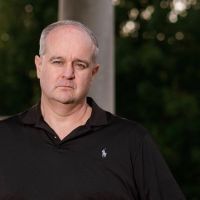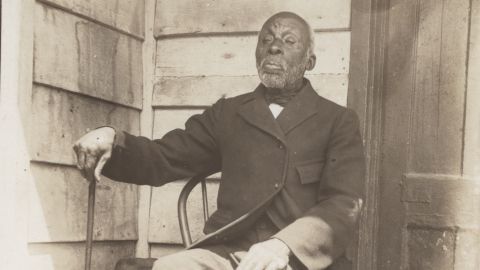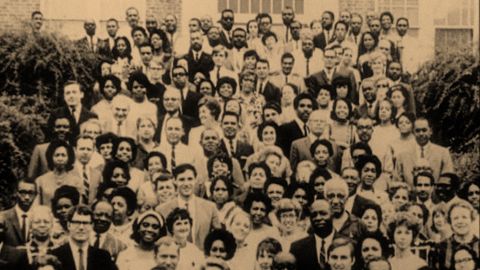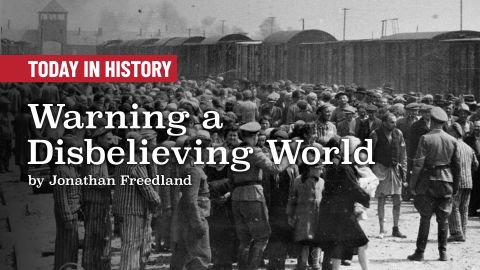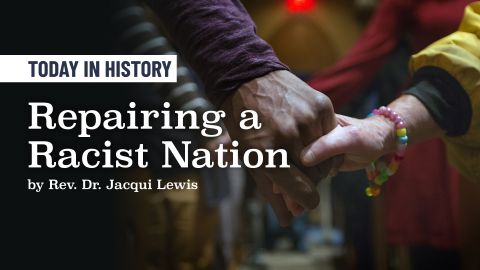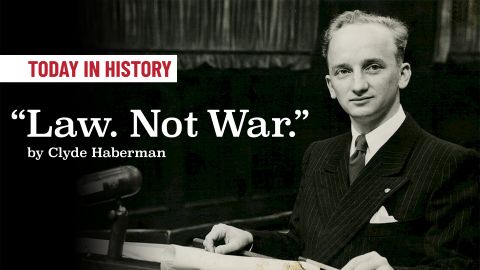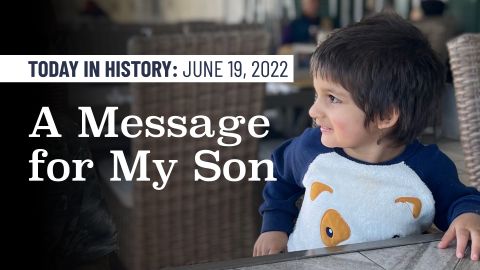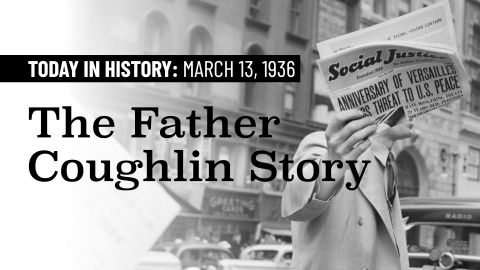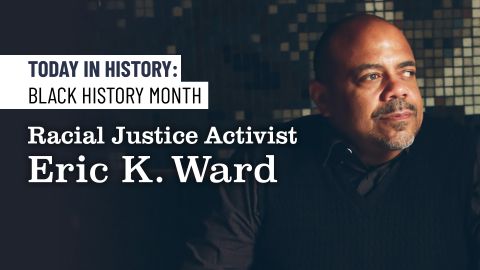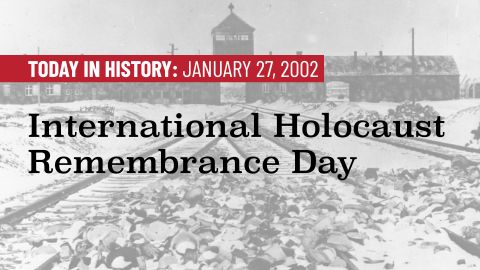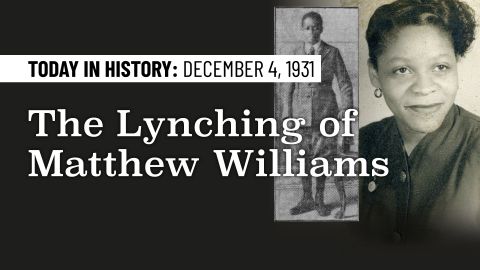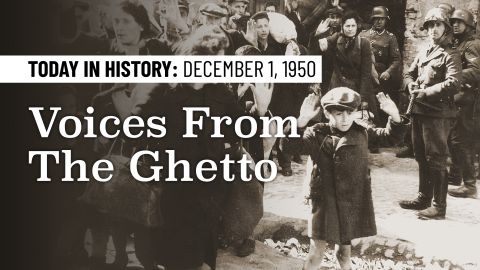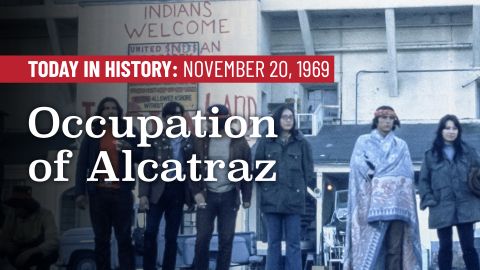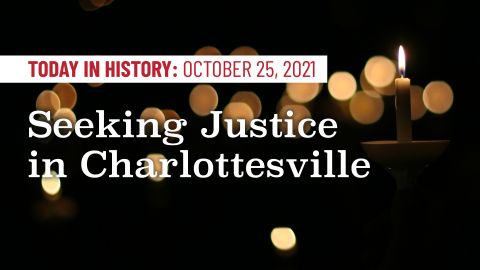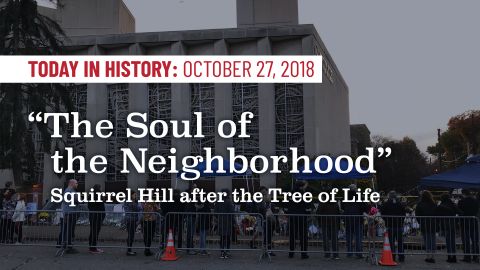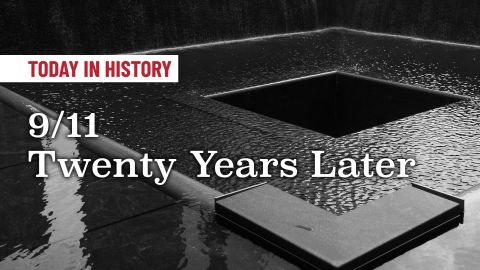Protecting Democracy
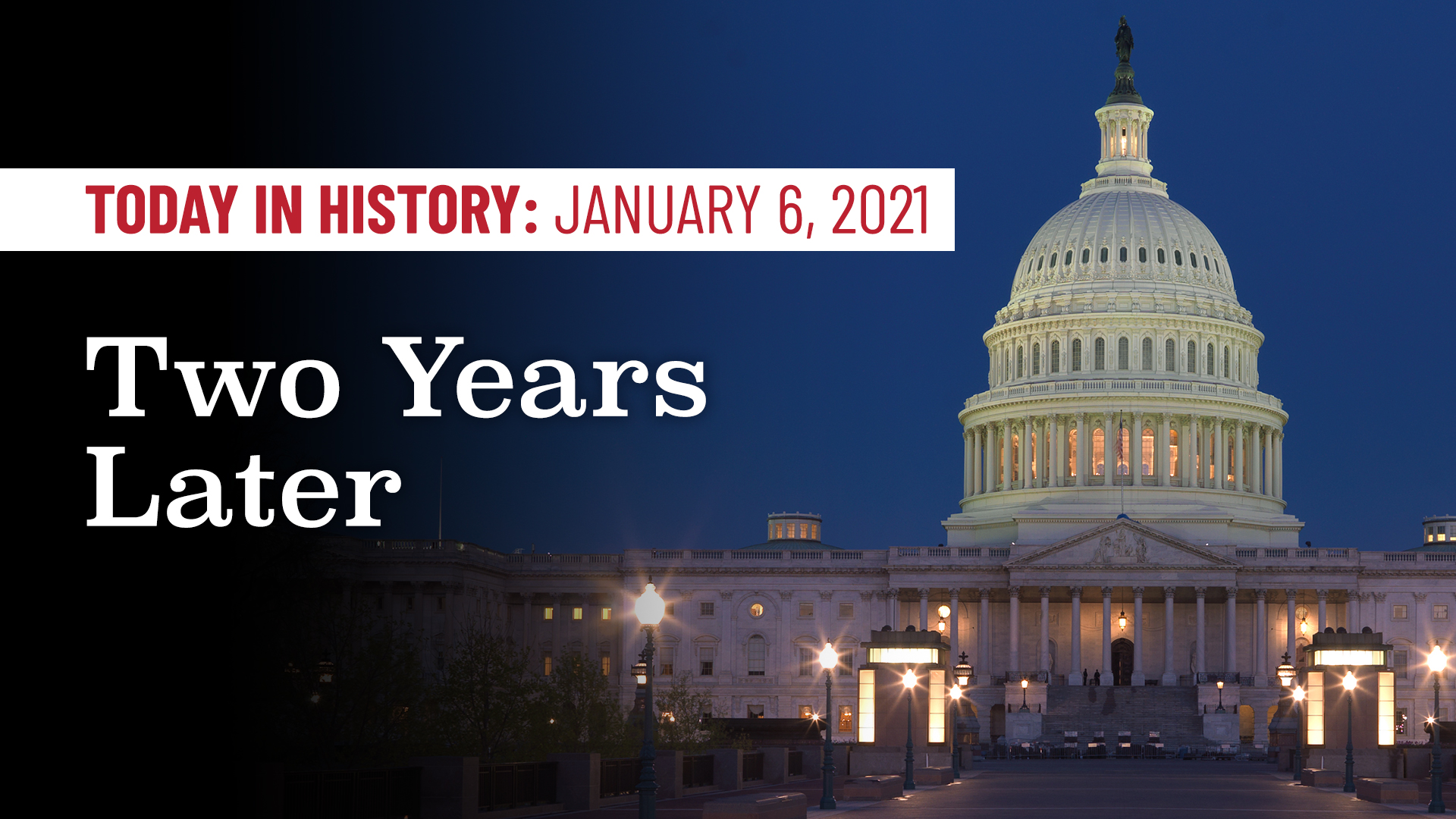
One of the foremost experts on domestic terrorism, Daryl Johnson is a former senior intelligence analyst for the Department of Homeland Security. In 2009, Johnson wrote an internal report warning of the rising threat of domestic extremism and noting that military veterans were targets for recruitment. The report was leaked, and amidst a conservative backlash, Johnson found himself in the center of a political firestorm. Despite its urgent warning, DHS retracted the report and disbanded Johnson’s burgeoning domestic terrorism unit soon after.
Exploring Hate spoke with Johnson about his top concerns two years after January 6, 2021. Our interview was edited and condensed for clarity.
Exploring Hate: In your position at DHS, you were ahead of the curve in trying to warn about the growing threat of domestic terrorism.
Daryl Johnson: I was just doing my job. And unfortunately, the prescient warning that I sent out ended up being political fodder. So, unfortunately, all the hard work, diligence, and foresight pretty much went to waste for the past 13 years. Now we’re at a point where people are looking back and recognizing that there was a warning and that it was accurate and that we should heed it. And January 6th was the exclamation point on that warning.
EH: What are some of your specific concerns two years after January 6th?
DJ: Many people might have thought that the Capitol insurrection was the culmination of this threat and that it is now dying off. I would say that we’re in an equally dangerous time. After the Oklahoma City bombing in 1995, the government cracked down and the threat went underground. But it didn’t go away. We’re in a similar period now. These people have not given up on their conspiracy beliefs. There’s a large swath of America that believes that the election was stolen and they’re prepared to do something about it if called upon. So that’s going to be on the horizon in 2024.
EH: You recently released a report, “Protecting the U.S. Government from Far-Right Insider Threats.” How did the events of January 6th inform this report?
DJ: We were always aware that there were extremists that had infiltrated at the state and local level. At the Federal level, I always thought that we had a higher vetting process and that it was a much safer environment in which to work. But January 6th showed us that’s not the case. And the information that we’ve learned since January 6th has only bolstered my concerns.

EH: In what way?
DJ: There are people in positions of trust that are already in the government and in law enforcement who have extremist affiliations that we need to be concerned about. And there are also new people coming into these positions that we need to vet better and make sure that they don’t have these linkages and these affiliations.
EH: You also say that we need to broaden our definition of “insider threats.” How will that help?
DJ: For a long time, our federal intelligence and law enforcement communities viewed insider threats through the lens of criminality and terrorism. This is not inaccurate but it is only one aspect. There are also threats that aren’t physical in nature but still could cause harm. Far-right insider threats also pose counterintelligence and operational security concerns.
EH: What are some examples of counterintelligence and operational security concerns?
DJ: Leaking potentially sensitive information. Gathering inside information on the layout of a government building and the security measures in place. How to overcome those security measures. What vulnerabilities the facility might have. So in the event of an escalation or civil disturbance, a group could have that inside knowledge if they were planning to take over a police station or a federal courthouse or something like that. They could also tip off some of their membership to an impending search warrant or arrest.
My concern is these people take an oath not only to their government, but now they’re taking an oath to an extremist organization. So where does their allegiance lie? It lies with the extremist organization.

EH: You had concerns about this when you were still working at DHS.
DJ: Unfortunately, I had my fair share of personal experiences encountering potential far right insider threats during my years at DHS. After the leak of the DHS report on right wing extremism in April 2009, a co-worker confronted me with comments that newly elected President Obama was a Marxist, a socialist, and that he was undermining the Constitution. A few weeks later, another co-worker commented that he personally believed President Obama was not a U.S. citizen. These were people working at a government secure facility that have top secret clearances and had been vetted as trustworthy people.
EH: What are your recommendations for improving the vetting process?
DJ: Security professionals involved in the government clearance process need to receive basic as well as advanced domestic extremism training. We need to clarify policies to enable background investigators to access social media posts and other publicly available information that could identify extremist affiliations and activities of concern.
There needs to be constant threat monitoring. January 6th was kind of a climactic point because the threat manifested itself in such a large, violent way. With the government response, people are going underground where they’re not easily monitored. But the same people will reemerge under a new banner. That’s how they operate. Those are the tactics they use. The threat adapts and reemerges. So we’ve got to constantly be vigilant.
EH: How can the government identify new employees with extremist affiliations?
DJ: Even though individuals holding security clearances must report activities such as a change in marital status, foreign travel, drug use, or arrest, there are currently no reporting requirements for extremist affiliation.
EH: How can this be changed?
When federal employees apply for positions of trust and get a security clearance, there’s a form that they have to fill out. The questions on this form were probably put together decades ago. We need to change the language, broaden it. Someone may not be an active member of an extremist organization. But they might go on their websites, contribute in their forums, or show up at a rally. So we need to rethink how people affiliate and ask questions that reflect how people can participate today.
DJ: What are some other ways to address extremism in our communities?
After 9/11 we set up the “If you see something, say something” program. DHS went into Muslim faith-based communities and trained Imams. We tried to build relationships of trust with them so that they would report any of their congregants who were radical or supporting ISIS or al Qaeda. Now we’ve got this Christian nationalism phenomenon that’s radicalizing people. I think a similar thing could be done in the Christian community.
It’s up to the public—family members, members of the community, neighbors, friends—to be educated and understand what radicalization is. What are some of the red flags that would concern law enforcement about a certain person?
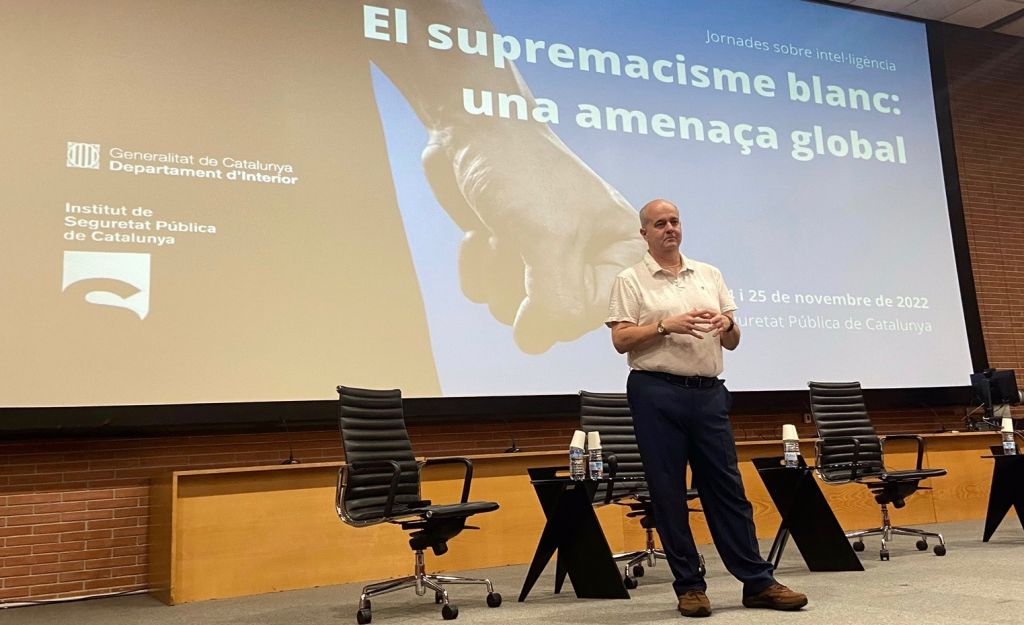
EH: In terms of responding to the threat of domestic terrorism in this country, do you feel that we have moved along or are we still woefully behind?
DJ: We’re still woefully behind. You know, if we had 100,000 ISIS supporters, can you imagine the amount of hearings and the amount of resources and money and law enforcement operations that would be devoted to countering that? But yet we’ve let this threat grow year after year. It took the threat to literally come to Washington, D.C., to the doorstep of our legislators to finally get them to realize, hey, we’ve got a problem here and it’s growing and it’s a national security threat.
EH: When you look ahead, what do you want people to know?
DJ: It’s not going to take a snap of the fingers or just one year to deter the momentum. One of the first things the Biden Administration did was release their National Strategy for Countering Domestic Terrorism and now we have to implement it. That’s going to take years. So we need to be in this for the long haul.
Today in History features stories that probe the past and investigate the present to better understand the roots and rise of hate. The views and opinions expressed are those of the author.

